This summer, a Spanish guy contacted a domestic humanoid robot rental company and expressed the hope of renting Yushu robots to shoot a Vlog. A few days later, he traveled thousands of miles to Hangzhou and spent a day wandering the streets with his robot. After uploading the video to YouTube, the views skyrocketed.
Not long after, at a beer festival in a coastal city, the leasing company’s executive team operated the 1.8-meter-tall Tiangong Ultra and solemnly handed over the small wooden mallet on the tray to the attending guests, opening the “first barrel of beer” of the festival and immediately igniting the entire audience.
Just last month, several robotic dogs made their debut at the 2025 World Youth Scientists Summit, performing a puppet show on stage with intangible cultural heritage puppets from Pingyang County, Wenzhou. The audience in the audience raised their phones to take photos and record the moment. The motion plan for the robotic dog in this event was also planned by a robot rental team.
Humanoid robots are integrating into our business and life in unprecedented ways. And the tenants can be considered as one of the earliest people to eat crabs. After the Spring Festival, the daily rental of humanoid robots exceeds 10000 yuan, and it is difficult to find a “person”.
However, the market quickly turned away from fanaticism and returned to rationality. Now the rental price is almost “halved”. While the foam was squeezed out, it also led to the upgrading of the business form from simple “show” to deep “co performance”, which tested the survival wisdom of each participant.

From tens of thousands to 5000, the rental price is halved
A performance on the Spring Festival Gala stage instantly ignited the rental market for humanoid robots.
Yushu Robot became a overnight sensation, causing rental prices to skyrocket and daily rent to increase several times from thousands of yuan, resulting in a situation where “one machine is hard to find”. The robot with an official price of 99000 yuan has also been hyped up to 200000 yuan by channel merchants. After the rental schedule is scheduled for two months, new players are rushing to enter, and the entire industry is immersed in a frenzy of supply and demand.
After graduating from university, Li Lei entered the robot rental/sales industry and built a team of more than ten people through market experience. He has witnessed the ups and downs of the robot market over the past decade, from sweeping machines to commonly seen wheeled robots in hotels and exhibition halls.
Due to previous business contact with Yushu, he immediately realized the business opportunities contained in this market. Therefore, despite facing a price twice as high as the official price, he did not hesitate to make a move and invested heavily in purchasing several robots.
He calculated that at that time, the market was still a blue ocean, and renting a robot for each event would cost 10000 to 15000 yuan. For mainstream opening ceremonies, exhibitions, conferences, and other events, multiple robots are generally required to appear, and due to their accumulated network in the industry, they can guarantee to receive about 2 orders per day even if they have just entered. In this way, almost every robot has the opportunity to appear every day, and in just over half a month, the invested robots can recoup their costs.
So far, Li Lei has spent nearly 4 million yuan on just one robot purchase, far exceeding the total amount of other expenses. He stated that the humanoid robot rental market is a “heavy asset” industry.
With the expansion of new business lines, Li Lei has recruited more execution and operation personnel. In addition, he also recruited three technical personnel to carry out secondary development of the robot.
When it comes to the recent market situation, Li Lei said that the current average order price is not exaggerated compared to the past when the term “halved” was used to describe it. At present, the rent for renting a Yushu G1 to participate in an event is generally around 5000 yuan, while the rent for a robotic dog is around 500 to 1000 yuan, which is less than half of what it was at the beginning of the year. The payback period for costs has also been extended from 20 days to around 3 months.
Several humanoid robot rental companies have reported to “Leopard Transformation” that, based on different needs, the daily rent for medium-sized robots such as Yushu G1 and Zhongqing PM01 generally fluctuates between 4000 and 6000 yuan. If they are paired with performance costumes, voice or dance programming, they still need to increase the price. If the schedule is tight during holidays, the cost will be further increased.
Li Lei also added that the current quotation in the rental market generally adopts the method of “benchmark price × adjustment coefficient”, which includes the costs of sorting out customer needs, giving activity plans, dispatching execution teams to take charge of operations, and later maintenance. The change of adjustment coefficient is mainly based on the difficulty and workload of demand realization.
The price list provided by a lessee can actually be reduced by about 20%
However, compared to the payback period of more than one year for other types of operating leases, a three-month payback period is still quite worth investing in.
According to Li Lei’s observation, the order volume within the industry has not decreased. Taking himself as an example, a team of more than ten people can receive 50-60 orders per month, which is basically consistent with the beginning of the year. Sometimes, in order to meet the demand, he also has to participate in rehearsals late at night. Considering the increasing number of entrants and the rapidly expanding market demand.
At the same time, the supply of humanoid robots in the market has increased, and they no longer need to pay double the premium to purchase products.
After ten years of deep cultivation in the field of robotics, Li Lei observed that unlike the humanoid robot market, which is mainly based on leasing, the wheeled robot market in the past was generally sales oriented, with very few leasing orders. The reason he summarized is that humanoid robots are mostly used for single drainage and have a high price, making it difficult to have purchasing demand.
Wheeled robots have already entered the practical field, such as hotel delivery, exhibition hall guidance, emotional companionship, and educational counseling, all of which require long-term and repeated use. In addition, the unit price of such robots is not high. Taking the evolved “Little Fat” robot E01 as an example, its selling price is already within 10000 yuan, while its second-hand price is less than 1000 yuan. So customers usually choose to buy it out directly, at most hiring a team for after-sales maintenance.
However, currently there are humanoid robot manufacturers trying to explore the C-end market. On October 23rd, Songyan Power launched the “Bumi Little Bumi” priced at only 9998 yuan, becoming the world’s first high-performance humanoid robot under 10000 yuan.
Li Lei stated that as prices become more affordable and functions become more practical, he will also consider further expanding the market for the sale of humanoid robots.
According to the observation of “Leopard Transformation”, there are already large-scale leasing companies providing sales and training services in the current market, but the ultimate goal is still to undertake commercial orders and attract traffic.
Traffic is king, technology is lagging behind
The current market for humanoid robots is still a ‘winner takes all’ pattern. According to a report by the Forward looking Industry Research Institute, in the first half of 2025, the top three companies in China’s humanoid robot market share will account for 80% of the market share, with Yushu alone holding half of it.
In the rental market, this differentiation is even more extreme. After communicating with multiple humanoid robot rental companies, it was learned that Yushu robots often account for 70% to 80% of the company’s robot reserves, while the rest are divided among brands such as Zhongqing, Youbisxuan, Zhiyuan, and Songyan Power.
The market where ‘traffic is king’ is the fundamental reason. On the one hand, robots that have gained fame are more likely to reach customers; On the other hand, customers generally use humanoid robots for the purpose of “attracting traffic”, and they will also prioritize the use of robots with high public awareness.
Qin Wenjin, who is in charge of business in a leasing team, said that in most cases, customers who come to connect may only know the brand Yushu, and many even know nothing about humanoid robots, and can only refer to them as “the robot on the Spring Festival Gala”. Many requirements also require the help of the team to organize them clearly.
It is not difficult to explain why major humanoid robot manufacturers are enthusiastic about participating in various exhibitions, competitions, interview programs, and other activities. For insiders, this is a showcase of product performance, while for outsiders, brand awareness will greatly affect product sales through the market chain.
Li Lei’s robot reserve confirms this point very well. Among the more than ten robots, Yushu, who occupies an absolute majority, needless to say. In addition, there is also one Tiangong Ultra and two Songyan Power N2 “little rascals”, who respectively won the championship and runner up of Yizhuang Robot “Half Horse”, and are also “temporary beauties”.
In addition to fame, these three robots also fill the gap in rental demand: as a full-size robot, the Tiangong Ultra is 1.8 meters tall and interacts more naturally with humans, without affecting visual effects due to its low height. The 1.2-meter height of the Songyan Power “Little Rascal” gives it the advantage of flexibility and maneuverability, not only performing better in running, continuous backflips, and other movements, but also facilitating transportation.
At the opening ceremony of the Qingdao Beer Festival held in July this year, Li Lei’s team manipulated the Tiangong Ultra and personally delivered the small wooden mallet that opened the “first barrel of beer” to the attending guests.
Under the convergence of various demands, the rental market is also increasing its requirements for robot functions. At the beginning of the year, simply waving and walking were enough to respond to users’ needs. And now the demand is even more complex and diverse. According to multiple tenants, the basic version of Yushu G1 is no longer able to meet the needs of customers, and now most of the robots equipped are edu versions that support secondary development.
Meanwhile, some technological bottlenecks also limit the development of robot leasing. A rental company in Shanghai told “Leopard Transformation” that during the planning process of a large shopping mall’s opening ceremony, it was originally intended to have robots take on hosting tasks. However, due to the low volume of the robot’s body speaker, even if a loudspeaker was installed, the effect was mediocre, and the plan had to be abandoned in the end.
Another issue is multi machine collaboration. Currently, most of the robots on the market are just “jumping and jumping”, at most doing position alternation, and cannot achieve complex movements such as diverse queue interweaving and transformation, limb contact and interaction like real people.
Even if it seems like a basic move, there is no guarantee that it will be 100% problem free. In the case of the Qingdao Beer Festival, due to the shaking of robots during bipedal walking but the inability to automatically adjust their gait in real time like humans, the small wooden hammers being transported may fall off the stage. To this end, Li Lei specially customized a tray to put on the robot’s chest and reinforced it with thin lines. He also designed a foam pad in the tray that matched the shape of the mallet to prevent the mallet from shaking and resonance, so as to ensure the smooth handover of the mallet.
The breakthrough point in the field of humanoid robots is still technology.
Going out to sea is not easy, find more scenes
This summer, a Spanish internet celebrity blogger contacted Li Lei through his friends in China, expressing his hope to rent a Yushu robot to shoot a Vlog. After confirming the requirements, he traveled thousands of miles to Hangzhou. In the morning, the robot had breakfast with him; Go for a run in the park, and the robot serves as his’ running companion ‘. Thus, he led the robot through the streets and alleys, spending a day together. After uploading the video to YouTube, the views immediately skyrocketed.
On the Internet platforms at home and abroad, videos about Chinese humanoid robots are not uncommon. With a little editing, this type of video can harvest a wave of traffic. In the comment section, there is a lot of admiration for Chinese technology.
Although humanoid robots have frequently attracted attention overseas, renting robots for overseas use may not necessarily be a good business.
The experience of a leasing company can confirm this point. He was invited to bring 20 Yushu robots to an official event in a Southeast Asian country. Although the project was successfully completed, there were many disputes that followed. Two robots have still been detained, and the domestic execution team has been caught in economic disputes and litigation.
Li Lei himself has also received many invitations from overseas. But he considered that conducting business overseas would incur high transportation and turnover costs, take too long, and make it difficult to find repair parts. Therefore, doing this business is not an economical choice.
In addition, different customs clearance standards at home and abroad may also result in robots being unable to pass customs or even being detained. Various factors combined make him cautious about leasing overseas. He will only consider accepting orders from nearby Asian countries or if the cost is sufficient.
In China, the future of the humanoid robot industry may be relatively clear.
Qin Wenjin had previously worked in operations. After experiencing a downturn in the industry, she began to seek transformation. Due to the presence of professionals in the field of embodied intelligence at home, she joined a humanoid robot team in February this year as a business role.
In May, when she participated in an activity at a primary school in Hangzhou, she was very surprised by the students’ performance. In the performance, these children around the age of ten can clearly identify the models of robots used by the team and even directly quote their prices. G1、Go2, In the eyes of some customers, it may be difficult to distinguish between different models, but for students who are in the “headquarters” of multiple body intelligence enterprises and have received AI education since childhood, these are already basic operations.
However, Qin Wenjin also has hidden concerns about the sudden decline in performance. She said that the current demand for humanoid robots ultimately boils down to the word ‘drainage’. As expectations rise and novelty fades, it remains unknown whether current humanoid robots can continue to arouse users’ curiosity. If such a day suddenly comes, the large number of robots purchased by the team at great expense will turn from “cash cows” into scrap metal overnight.
Before the formation of the humanoid robot rental market, the industry’s sales were limited to universities and research institutions, and its use was only as experimental subjects. It can be said that these rental companies are exploring more application scenarios for enterprises, from exhibitions to various ceremonies, from wedding groomsmen to lifestyle accessories, humanoid robots are beginning to enter the field of vision of more people.
But it is worth noting that when the drainage effect begins to decline and various essential demand scenarios cannot be matched, this situation of a shortage of resources will mean the decline of the entire industry. At the same time, this also means that whoever can break through new technologies and produce good products first can occupy the majority of market share and become an industry leader.



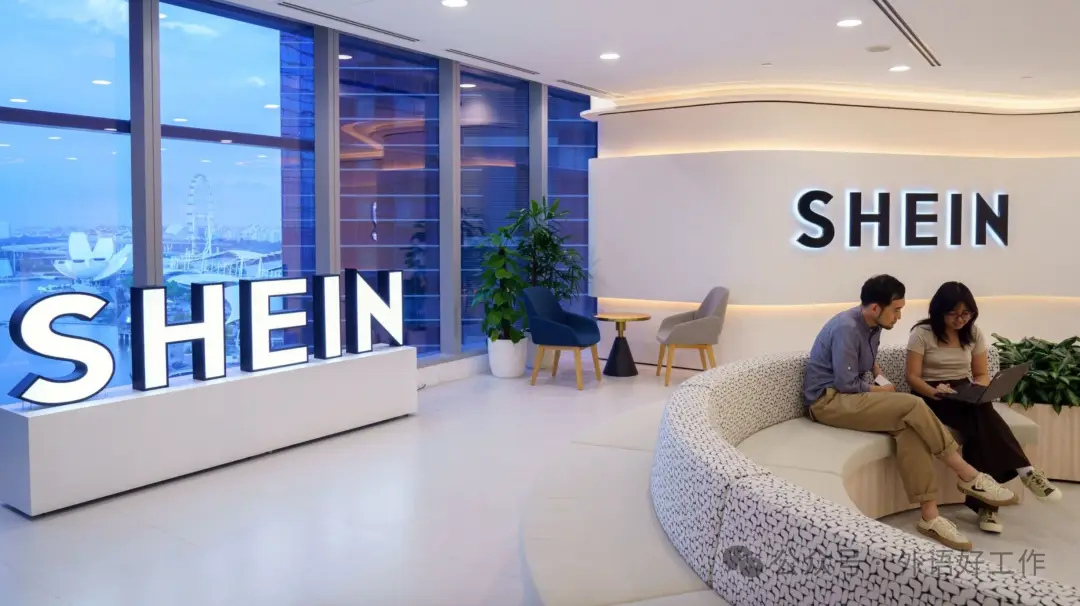



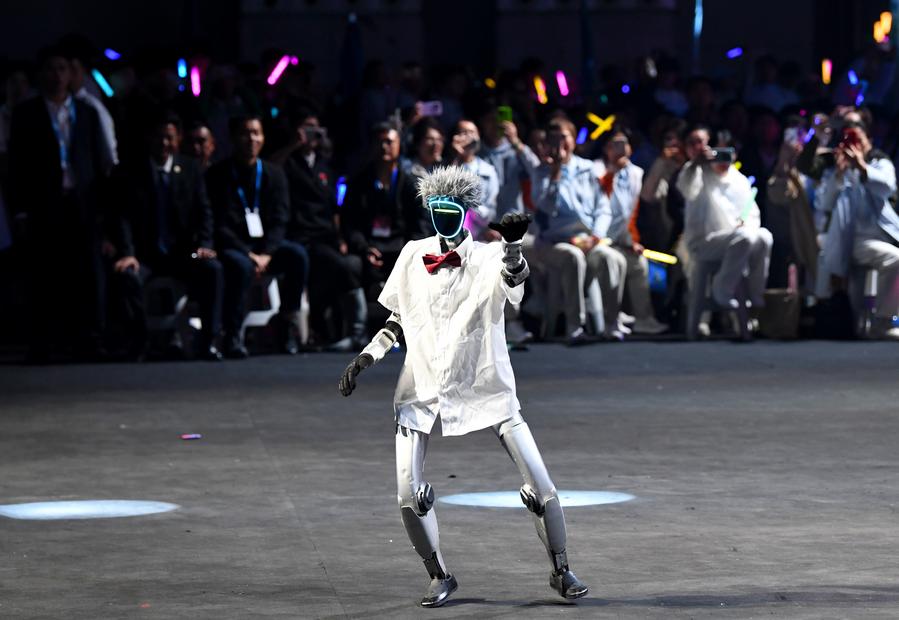


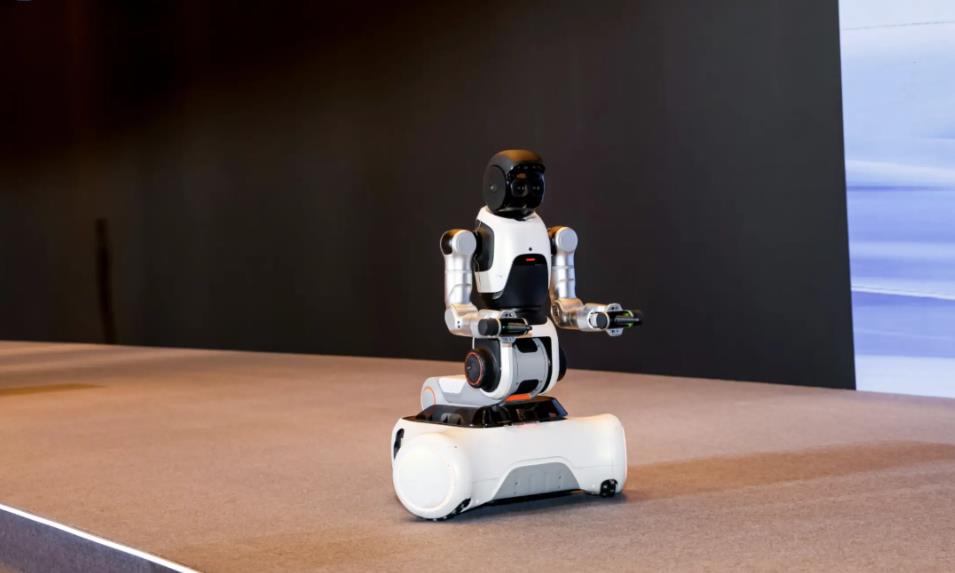

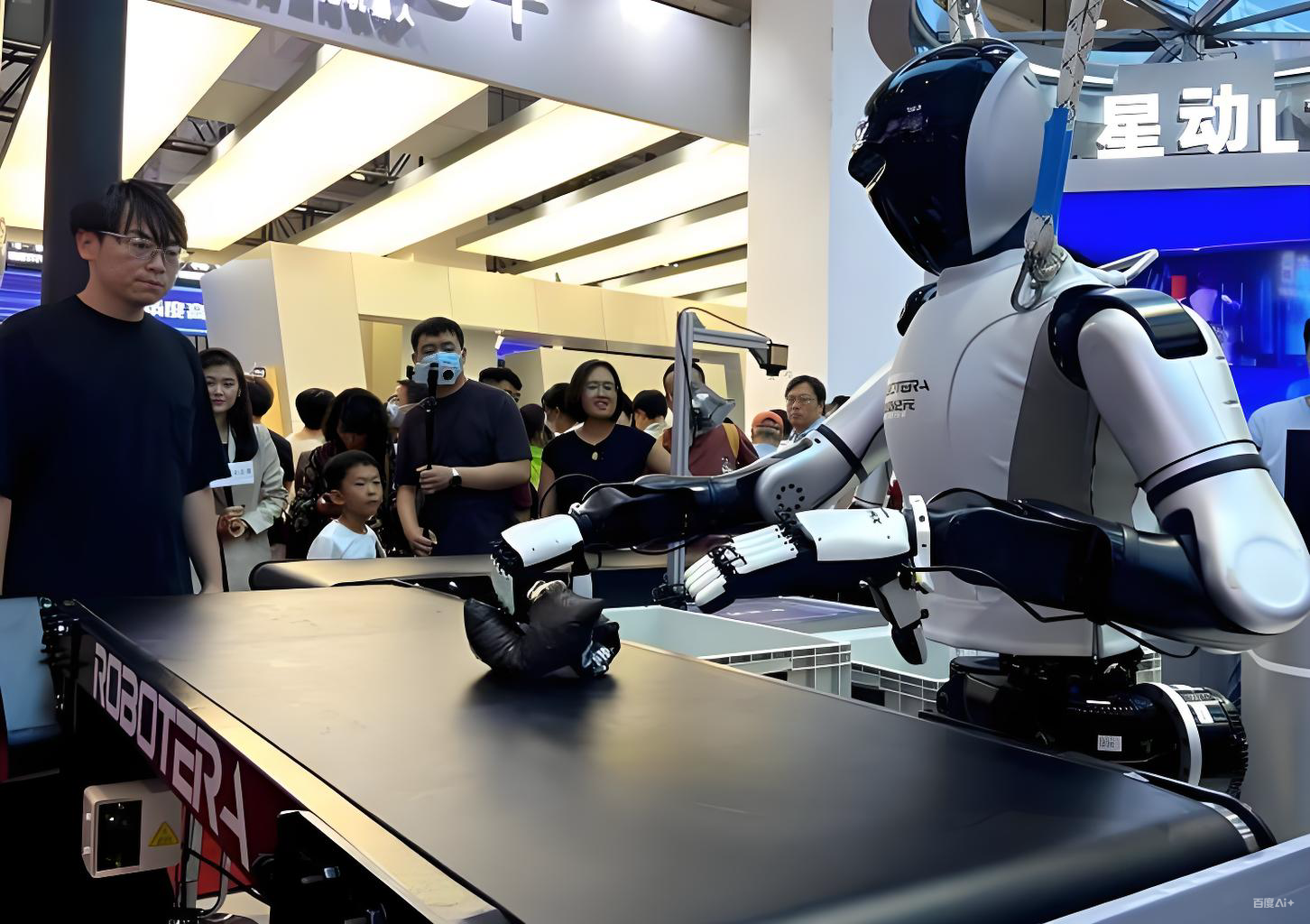


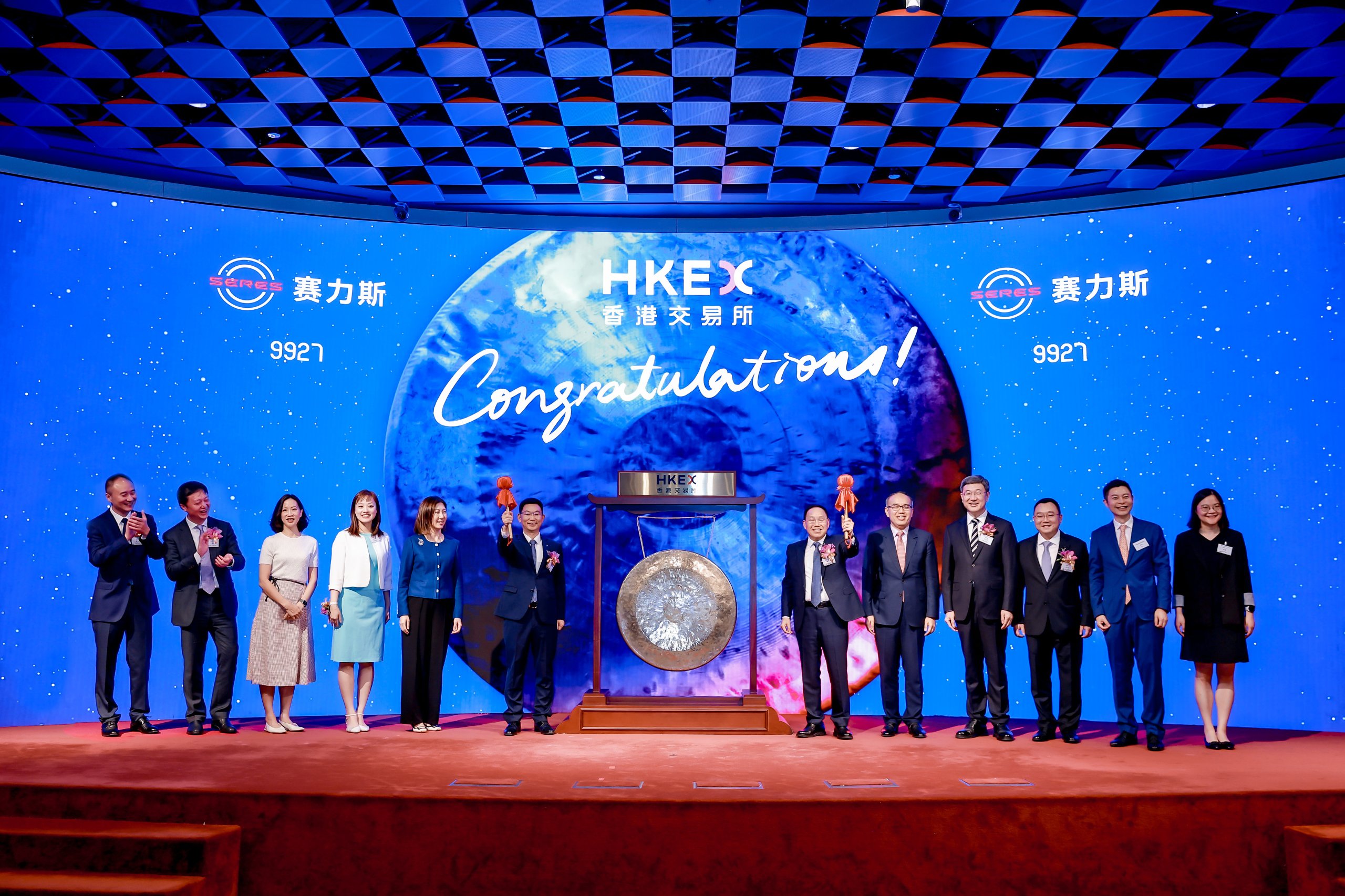



暂无评论内容